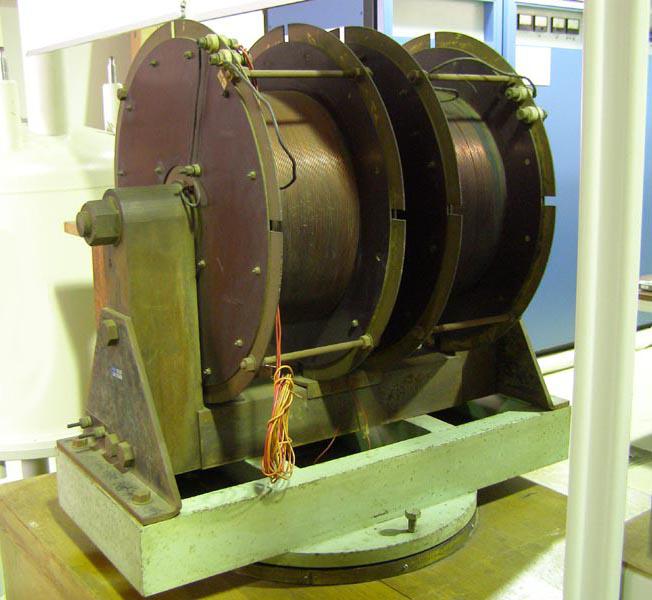March 2017 Issue
Feature
UEC Museum of Communications
Sharing science and technology of the past for visions of the future
A walk through the UEC Museum of Communications is like walking through a three dimensional encyclopedia of the history of cutting edge wireless communications technology including 'spark gap transmitters'; 'Lieben Tube'; Fleming oscillation valve; photomultiplier tube used for neutrino detection at the Kamiokande Observatory that led to the 2002 Noble Prize in Physics for Masatoshi Koshiba; and Japan's first nuclear magnetic resonance system developed by UEC in 1950.
The exhibits at the Museum reflect the history of innovative research and development at UEC, Tokyo, that was founded in 1918 as the Technical Institute of Wireless Communications to educate and train radio operators in recognition of the importance of radio communications following the Titanic disaster in 1912.
The Museum consists of seven exhibition rooms spread over two floors of a dedicated building at the center of the UEC, Tokyo, campus in Chofu. Here are some of the most popular exhibits at the Museum.

Embossing Morse Telegraph System (Corridor)
Perhaps one of the most unusual exhibits is the replica of an Embossing Type Telegraph Key System or "Embossing Morse Telegraph" given by Commodore M.C. Perry as one of many presents to the Tokugawa-Bakufu government in 1854. Notably, Commodore Perry's colleagues actually demonstrated the telegraph system by transmitting messages in English, Dutch and Japanese across wires stretching about a 'mile' near Yokohama bay.


Relay Computer AL-1 made by CASIO (Room 2)
This pioneering "programmable relay calculator" was manufactured by Casio Computer Co. Ltd in 1962 and is internationally recognized as one of the major breakthroughs in modern computing. Underscoring the importance, Japan's Center of the History of Japanese Industrial Technology officially registered it as 'Future Technology Heritage' in 2014. Furthermore, the Information Processing Society of Japan has officially certified the Al-1 as an "information processing technology heritage".
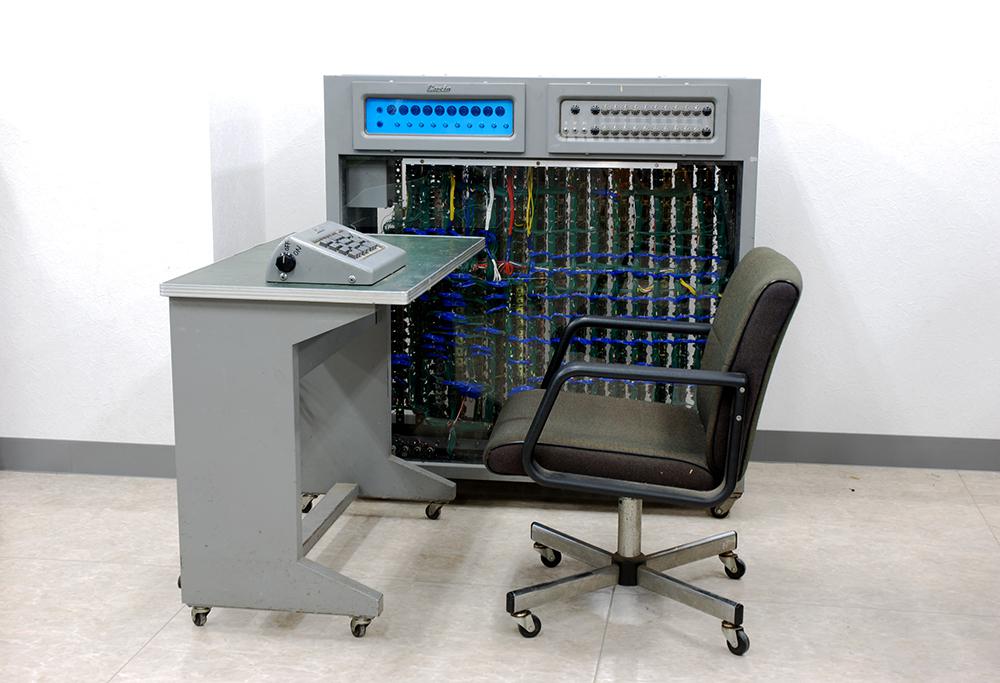
Edison Phonograph (Room 2)
This working exhibit is an Edison Phonograph Standard Model D made in 1911. It consists of a cylinder record player driven by a spring and a sapphire needle that runs through a narrow groove on the cylinder record resulting in sound that is amplified by the large speaker. There are two types of cylinder records: the wax version plays for two minutes and the Amberol type for four.
Thomas A. Edison invented the cylinder phonograph in 1877. He continued to improve the cylinder phonograph until 1929 competing with the disc record invented by Emile Berliner in 1889.
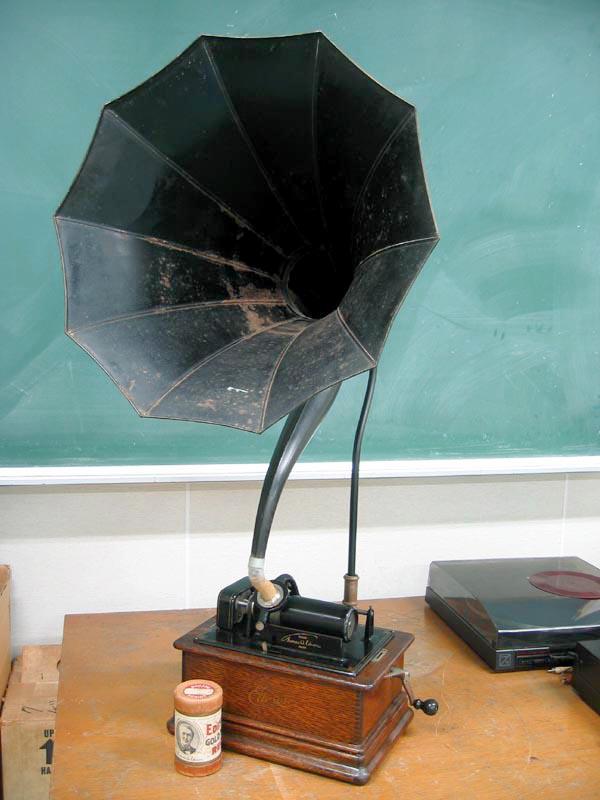
Hallicrafters Model DD-1 Skyrider Diversity Receiver (Room 3)
The DD-1 diversity receiver that is enclosed in a single cabinet was produced in 1937-38 by the Hallicrafters Company for 'diversity reception' that is effective in reducing fading signals in shortwave communication. Notably, the DD-1 receiver on display at the UEC Museum is the only one in the world existing in complete condition.
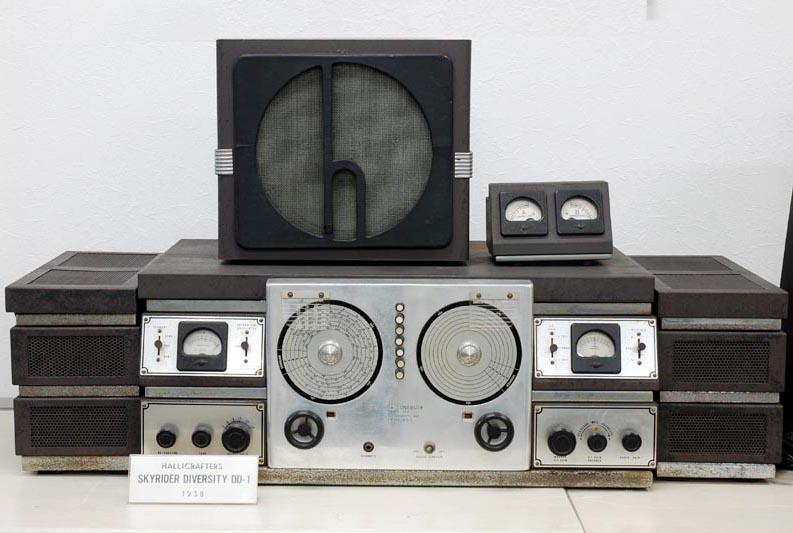
Recreation of a classroom for training wireless telegraph engineers (Room 5)
This room offers unique insights into vocational training facilities for radio engineers in Japan at the Technical Institute of Wireless Communications, the forerunner of UEC. The desks and instruments on display were actually used in 1960s. The front row near the instructor is the receiver's desk where trainees receives Morse code via speakers and wrote it down by hand or typing. The rear side is the desk where trainees sent Morse code. When a trainee is tapped keys according to a textbook, the codes were recorded on tape. Later, trainees used the tape to check the results of their classwork.
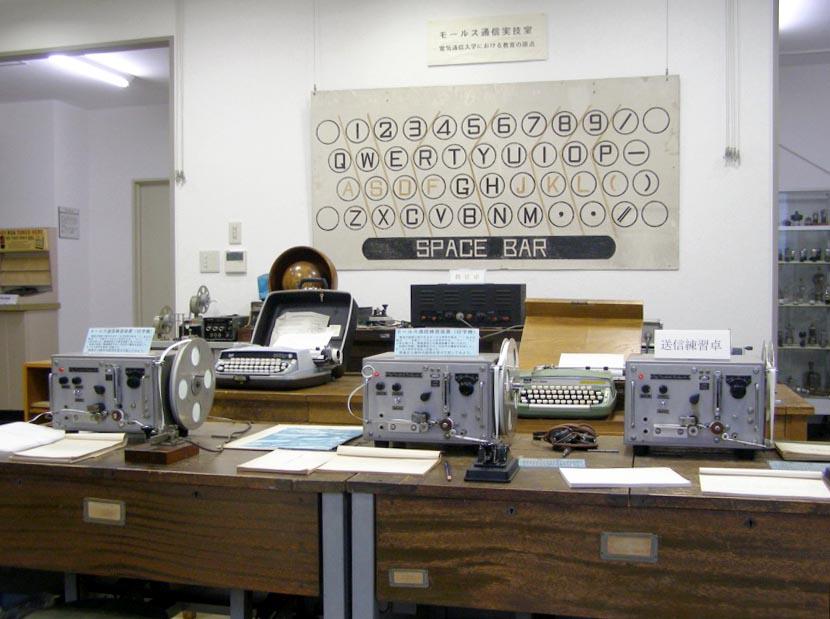
Lieben Tube (Room 6)
The exhibit is a rare example of this famous tube that was invented in Austria about 100 years ago and used by Germany in World War One for radio communications. The tube was produced by AEG-Telefunken and is on loan from Tekniska Museet Museum of Science and Technology, Stockholm, Sweden. The tube is a 'triode' filled with mercury vapor, measuring 30 cm long and 10 cm in diameter, with the two glass tubes joined at the center producing its unique shape.
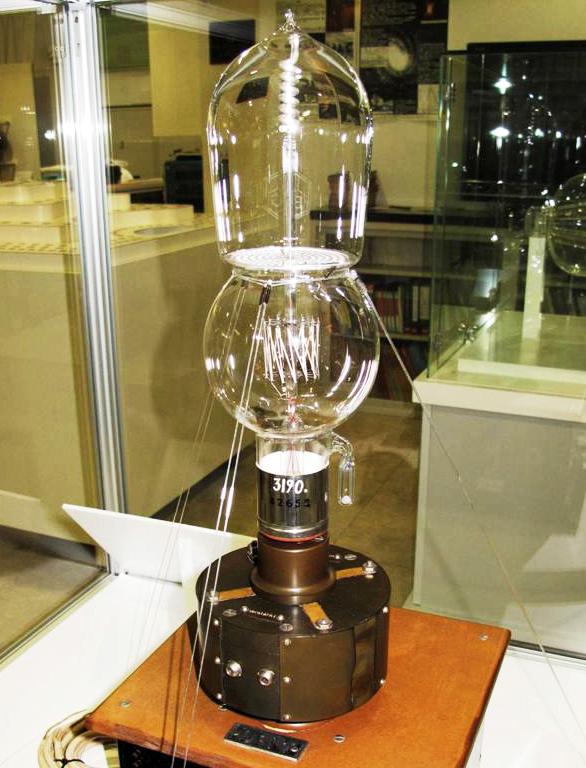
Early development Fleming Valve (Room 6)
The Fleming Valve was invented by J.A. Fleming (UK) for use in a radio receiver.This one is believed to have been made around 1910 and is exhibited with other pioneering vacuum valves.
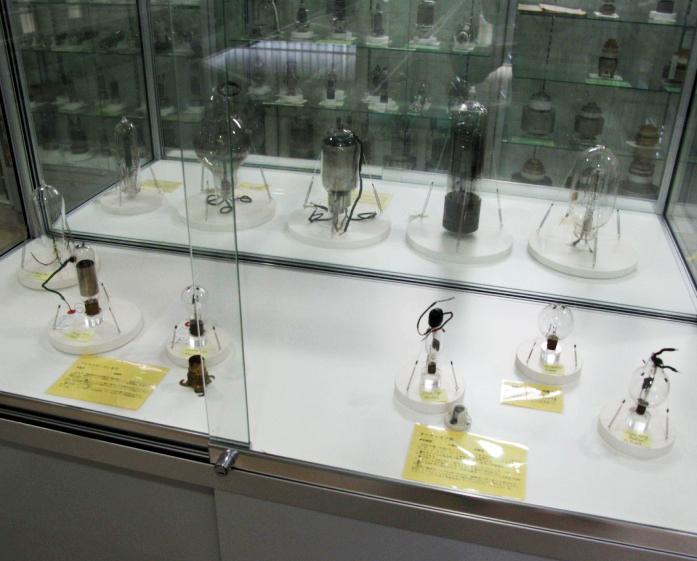
Nuclear Magnetic Resonance magnet (Room 7)
This MRI magnet was developed by UEC researchers in 1959 and was the first such unit in Japan. This system became the prototype for the much advanced MRI systems used for medical care all over the world. UEC researchers have also contributed to the development of electron spin resonance, laser spectroscopy, kite-like antenna, and the understanding of the functions of the brain.
